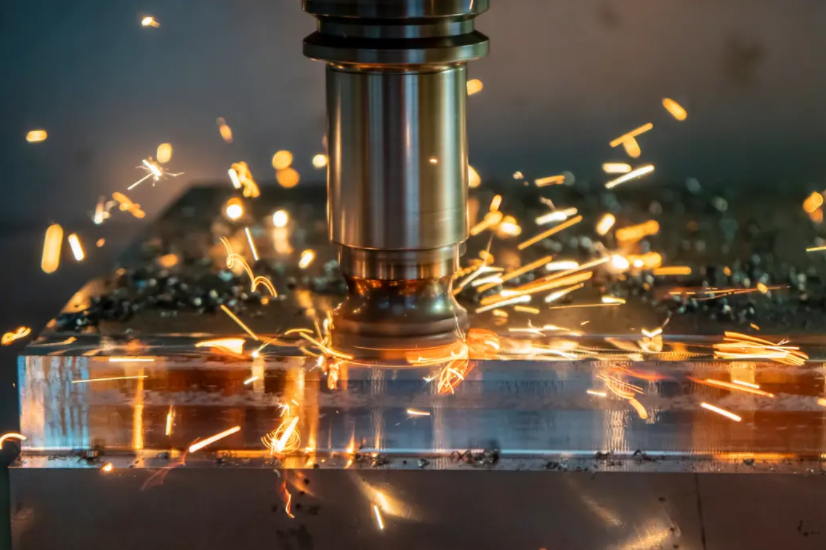Creating a die casting mold is an essential process in the manufacturing of many metal parts and products. The die casting process involves injecting molten metal into a mold under high pressure, which solidifies and forms the desired shape. The mold must be designed and constructed to exact specifications, as any imperfections will result in defective parts. In this article, we will explore the steps involved in creating a die casting mold.
Step 1: Design
The first step in creating a die casting mold is to design it. This involves creating a 3D model of the part, which will be used to design the mold. The design must take into account the size and shape of the part, as well as any features that may be required. The design must also ensure that the mold can be easily opened and closed, as well as that the molten metal can be easily injected into the mold.
Step 2: Tooling
Once the design is complete, the next step is to create the tooling for the mold. Tooling is the process of creating the metal cavity that will be used to form the part. This involves creating a two-part mold, which consists of a fixed half and a moving half. The two halves are designed to fit together precisely to form the cavity that will be filled with molten metal.
Step 3: Machining
Once the tooling is complete, the next step is to machine the mold. This involves using a CNC machine to cut the mold to the exact specifications required. The mold must be machined to a high level of precision, as any deviations will result in defective parts.
Step 4: Finishing
Once the mold has been machined, the next step is to finish it. This involves polishing and smoothing the surfaces of the mold to ensure that the metal will flow smoothly into the cavity. Any rough or uneven surfaces can cause the metal to flow unevenly, resulting in parts that are not uniform.

Step 5: Quality Control
Before the mold is used to produce parts, it must undergo a rigorous quality control process. This involves testing the mold to ensure that it is free from defects and that it will produce parts that meet the required specifications. Any defects in the mold must be corrected before it is used to produce parts.
Step 6: Production
Once the mold has passed quality control, it is ready to be used for production. The mold is mounted in a die casting machine, and molten metal is injected into the cavity under high pressure. The metal solidifies and forms the desired shape, and the part is ejected from the mold.
In conclusion, creating a die casting mold is a complex and precise process that requires careful design, tooling, machining, finishing, and quality control. The mold must be designed and constructed to exact specifications, and any imperfections can result in defective parts. However, with careful attention to detail, a well-constructed die casting mold can produce high-quality metal parts and products.
-

- OEM Die casting manufacturer produce magnesium alloy wheel for kids push bike
-

- OEM die-casted parts& components
-

- Magnesium alloy Thixomolding power batter housing
-

- 2022 Wholesale Hot Sale Bicycle Parts Magnesium Alloy Children Bike No Pedal Balance Bicycle Kids Multiple Colors Available
-

- High precision magnesium thixomolding components laptop housing cover A
-

- Customized die-casting parts&components

 0086-750-5616188
0086-750-5616188 +86 13392089688
+86 13392089688 sales@zhongmei-tech.com
sales@zhongmei-tech.com







